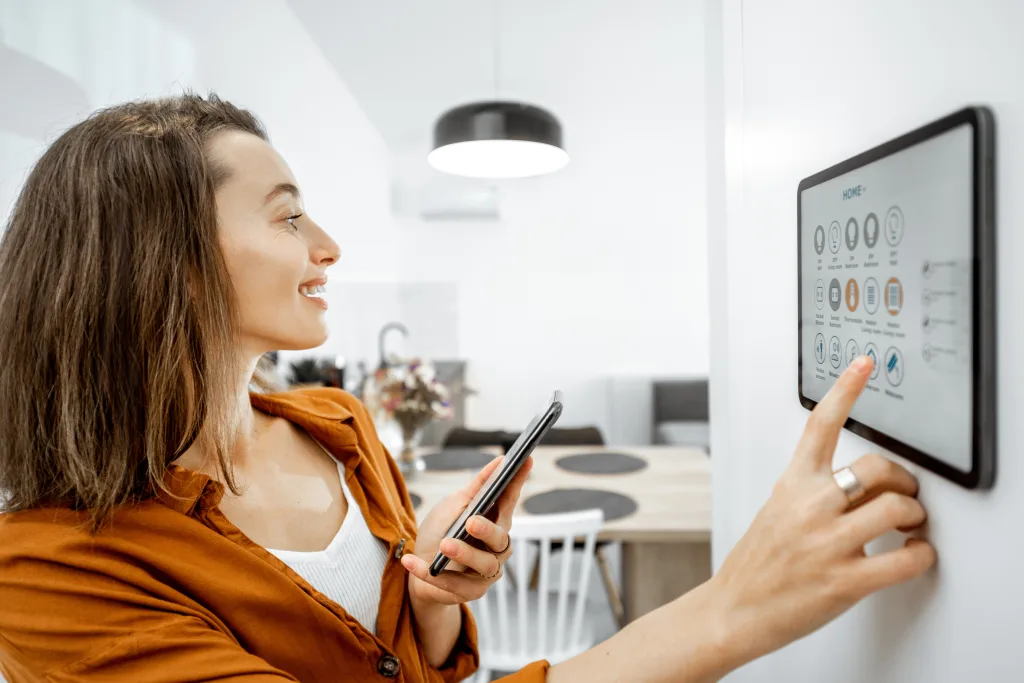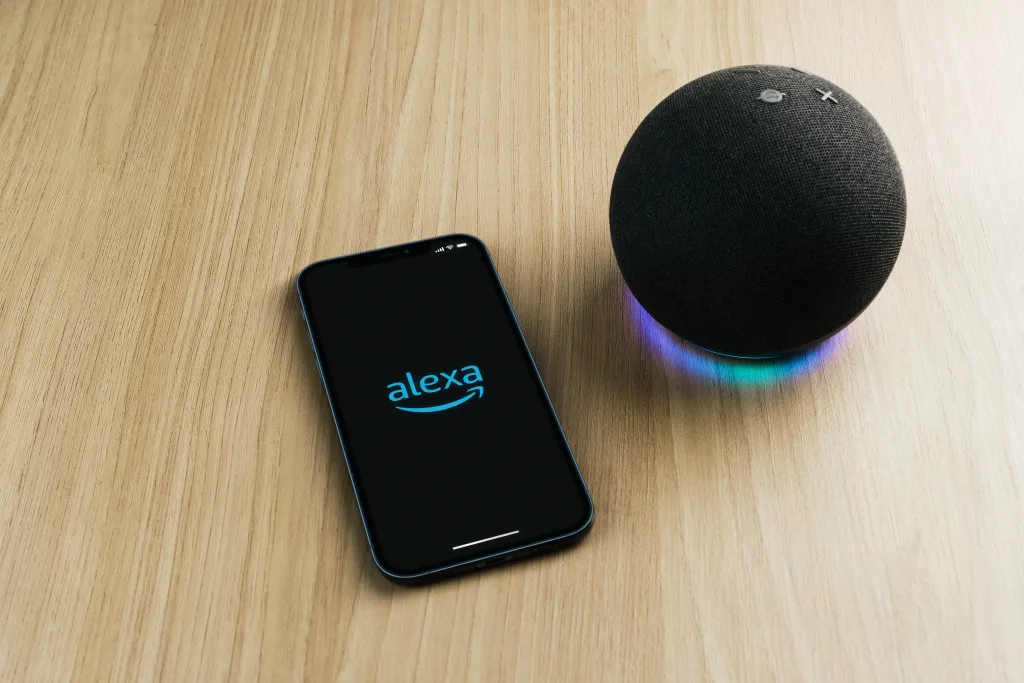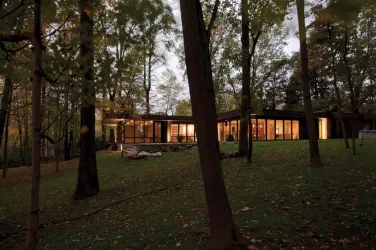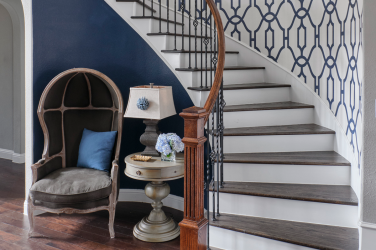
By Pete Alfano
“The future is now” was a saying popularized by the late George Allen, a Hall of Fame coach in the NFL. That adage also best describes the evolution of the smart home. With innovations that once appeared as futuristic as landing on the moon, smart home technology has become an integral part of our lives.
In these high-tech times, Siri and Alexa are like family members. Video doorbells enable homeowners to see and communicate with someone at the door from anywhere in the house or even remotely. Did you forget to arm your security system when you left for work or an appointment? No worries — you can do that remotely as well.
You can regulate the thermostat, turn lights on and off, and using your smartphone with Amazon Alexa or Google Assistant, you can turn on the oven, set a timer and begin cooking dinner before you are home. And robot cleaners save us from doing the backbreaking chore of vacuuming and mopping in hard-to-reach places.
It took more than 30 years before television replaced the radio as the primary source of news and entertainment for Americans, but it seems to take just a New York minute for a new smart device to render yesterday’s technology obsolete. Remember pagers, fax machines, floppy discs, DVDs, iPods, and yes, the landline?

So, 2024 will continue to see new and improved smart home features, which will excite all the Professor Gadgets out there who love hi-tech. One advancement is Govee’s permanent outdoor lighting system (Us.govee.com). Once installed, these lights, advertised for $399, can be used for security and holiday lighting. They have hundreds of color combinations, are waterproof, and include a smart app and voice control. Nanoleaf is another company that offers colorful permanent outdoor lighting.
The Tom’s Guide website (TomsGuide.com) features the Linxura Smart Controller for $99. This hockey puck-shaped device operates like a click wheel that can support up to 50 smart home devices, even those on different platforms. Thus, you don’t have to download multiple apps to your phone.
Remember Roomba, the robot vacuum? Perhaps you still have one. The Roomba, in fact, has a place in the National Museum of American History. It became popular in the early 2000s and cost about $200. Now, let’s talk about the Roborock S8 MaxV Ultra (us.RoboRock.com), which the company bills as the “most intelligent hybrid robot vacuum and mop.” The onboard computer features a voice assistant, robot arm, and advanced obstacle avoidance. It provides a live video feed of what’s going on under the bed or other tough-to-clean places and allows you to make video calls. Self-cleaning, self-emptying, and self-filling, it almost makes human intervention irrelevant. The MaxV costs about $1,500, so it pays to have a big house.
Don’t stop there. LG has a SmartWash Combo — a full-size washer and dryer in one unit. It has onboard sensors to detect the size of the wash load, soil level, and type of fabrics. LG says it
has a smart home platform allowing users to check the washer’s progress. All for $3,000.
Lockly Visage adds to home security with a smart lock that uses facial recognition to unlock the front door of your house. It can store up to 100 “face profiles,” although it is unlikely you will want that many people having access to your home. And Samsung sells smart refrigerators as well as smart TVs.
Just remember, today’s new technology may be old a year from now, so do a little homework on the front end to make the best choice on what high-tech options to consider. Better yet, hire an expert in smart home software and products to get your home hooked up.

Old Homes Can Be Smart Homes Too
Most new houses are smart homes, which are already wired and configured for automation. Ethernet cables are used to connect directly with smart devices. And none of this requires additional input from the homeowner. But your house doesn’t need special wiring work to become a smart home. You just add smart appliances and devices such as lights, locks, thermostats, and TVs and connect them through an Amazon Echo Dot or Google Assistant, utilizing Wi-Fi and Bluetooth. A strong wireless connection is required to enable devices to respond to commands.
Read more about smart home upgrades HERE on LivingMagazine.net
Disclosure: Some of the links above are affiliate links. This means that, at zero cost to you, we earn an affiliate commission if you click through the link and finalize a purchase.










